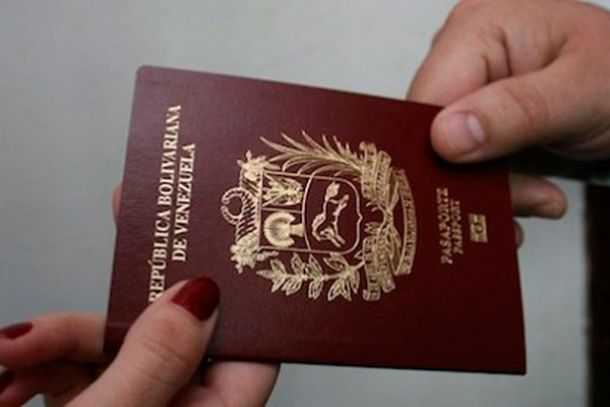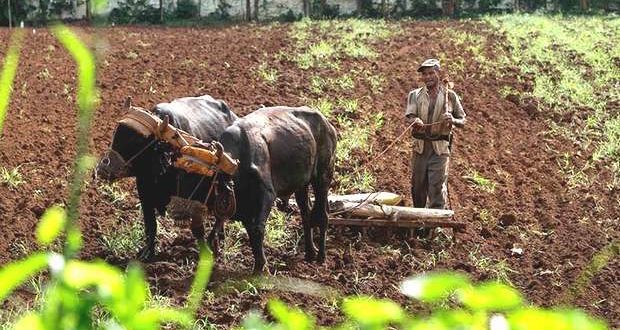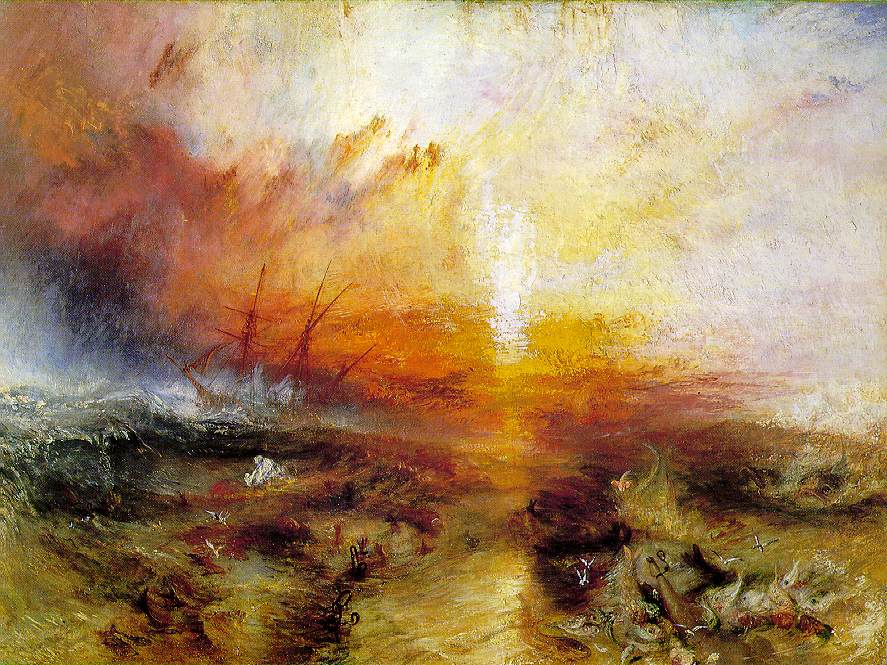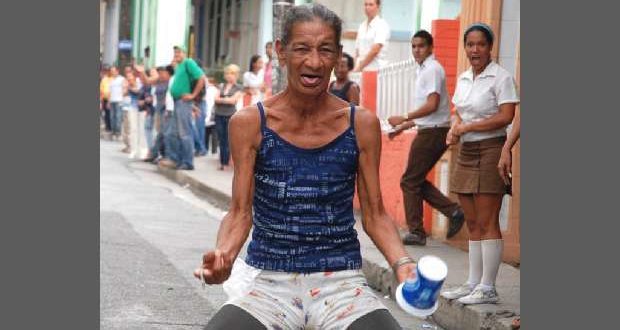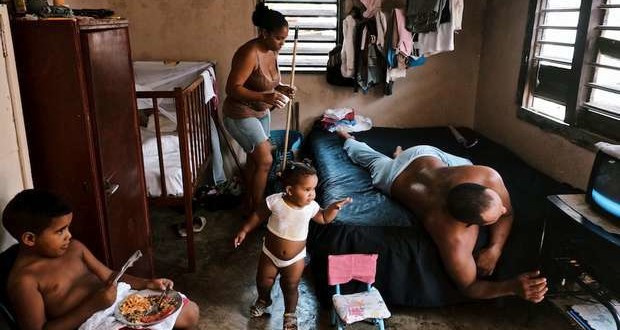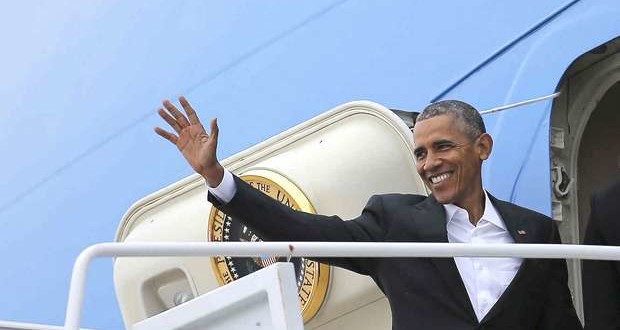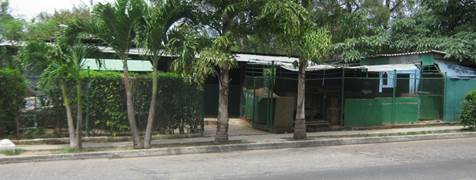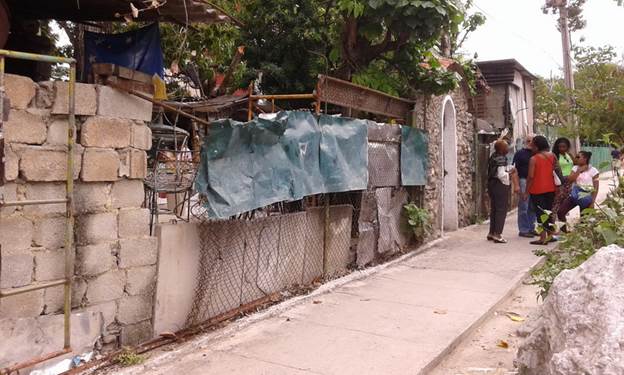
Iván García, 11 July 2016 — Fernando, owner of a private business to the east of Havana, bought his ancient black Moskvitch during the difficult years of the Special Period, when the proprietor, a national labour hero, found himself obliged to sell his cane cutting business to feed his family.
The Soviet era car should have gone to the scrapyard years ago. Moreover, the Russian factory which made the vehicle went bust in 2002. But in Cuba, the obsolete Moskvitch refuses to die. continue reading
“At that time, I was in charge of a store in a tourist centre and earned a lot of money with the ’contraption’. I bought it for $7,000”, says Fernando.
It was a miracle the car went anywhere. The handbrake didn’t work, the steering was faulty, and it didn’t have any windscreen wipers. But, the magic power of discreetly slipping a 50 cuc bill to a transport official, who had to inspect the vehicle, saw to it that the clapped-out Mokvitch passed its technical inspection.
Fernando used the car to purchase food and raw materials for his business, after driving through different parts of the capital. Its disastrous condition was an accident waiting to happen.
“Sometimes I took my family in it, and occasionally I drove it when I was drunk, but only short distances, along back streets”, Fernando added, justifying himself.
In spite of the fact that the island declares a low rate of traffic fatalities (7.8 per thousand inhabitants*), half the world average (17.4), and also lower than in Europe (9.3), according to the 2013 data of the World Health Organisation, few countries like Cuba include lack of maintenance as one of the principal vehicle risk factors.
In 2015, on average, there was a pedestrian-related accident every 47 minutes, and a death every 11 hours, according to a meeting of the National Road Safety Commission. Fatal traffic accidents are the fifth highest cause of death in Cuba.
Ricardo Alonso, Director of Automobile Security and Inspection at the Transport Ministry, announced that, according to the last year’s accident statistics, an adult over 70 years old was killed every three days, and an injury was reported every hour, most of all in the provincies of Havana (152), Camagüey (83), and Santiago de Cuba (80).
Havana, a city of more than two and a half million inhabitants, presents a highway picture ranging from fair to disastrous. Although the main arteries are tarmacked, the poor way this is done produces potholes and unevenness in the streets.
“There are no streets in the city which don’t have lumps and bumps. With the exception of Fifth Avenue and 23rd, the rest are land mines. We are not talking about back streets. In some areas the streets have lost their asphalt surface. Driving in such conditions damages your car. Every two months I have to take it to the garage because of problems caused by the poor state of the streets,” says Saúl, who spends 12 hours a day driving a shared taxi between El Cotorro and Parque de la Fraternidad.
When you ask private drivers what are the principal causes of accidents in Cuba, most of them point to the bad state of the roads, animals wandering in the streets, poor road signs and little or no lighting on the highways.
“Driving at night along Ocho Vias or the Central Highway is pretty well suicidal. When you least expect it, you come across cattle crossing the road, or a pothole as deep as a swimming pool wrecks your car”, according to Reinaldo, who drives a “semi-bus” (a truck converted to carry passengers) from Havana to Santa Clara.
Many drivers ask what is the government doing with the money it collects from taxes applied to small private businesses. “The government rakes in thousands of millions of pesos from taxes. Why don’t they repair the streets and highways and put in street lighting?” asks Norberto, a private taxi driver.
According to the official press, 76% of the roads in Cuba are in fair or poor condition. Most drivers interviewed blame the government for the high prices of auto spare parts.
Ninety percent of the ancient American cars running around the country conceal powerful Hyundai or Mercedes motors underneath the hood.
Modernising them, only in terms of the labour, can cost up to $1,000, a luxury few can afford in country where people live on an average salary of $25 a month.
In a state-owned chain of shops, which are generally out of whatever you want, private drivers have to pay a fortune for parts. In the Fiat dealer, a stone’s throw from the Malecon, an engine costs between $4,000 and $8,000, three times the average cost in any other Latin American country.
People who have the money and patience to get through the slow processes involved, import spares from Panama or Miami, but the black market continues to be the main supplier.
But other causes of hundreds of fatal accidents are down to the drivers. Driving while drunk, talking on their mobiles while they are driving, speeding, and using vehicles unsuited to carrying passengers, are some of the factors leading to traffic accidents.
Eighty percent of Cuban vehicles have been in use for 30 years, or more. Ancient Soviet era cars, and Frankenstein American models built six or seven decades ago, run on the imagination of their mechanics, and also bribes to corrupt Ministry of Transport officials to get their operating licences.
“There have been examples of cars running on cooking gas and even kerosene. More than a few are rolling bombs. If the government sold cars at affordable prices, the problem would not be so serious”, says Carlos, a bus driver.
In Cuba, the price of a used car varies between $14,000 and $30,000 in government dealerships. And a new Peugeot 508 is approaching $300,000. Nearly as much as a Ferrari.
According to Fernando, talking about his beat-up old Moskvitch, “a little while ago, I was offered 9,000 convertible pesos [roughly the same in US dollars] and I thought of selling it.” It would be a circular business. Only in a country like Cuba would a Soviet era piece of rubbish still have a market value.
From Hispanost, June 27, 2016.
*Translator’s note: Vehicle crash rates on a per capita basis are meaningless because they do not take into account different rates of vehicle travel. The commonly accepted measure in the industry is “per capita vehicle kilometers/miles traveled.” For obvious reasons, including exceedingly low vehicle ownership rates, Cubans presumably log much fewer kilometers/miles in vehicles than do people in other Western Hemisphere countries. While the Cuban government cannot be relied on to provide accurate data, world comparisons of death rates per number of vehicles owned place Cuba (133.7) well above the United States (12.9), Europe (19.0) and the Americas as a whole (33).
Translated by GH


